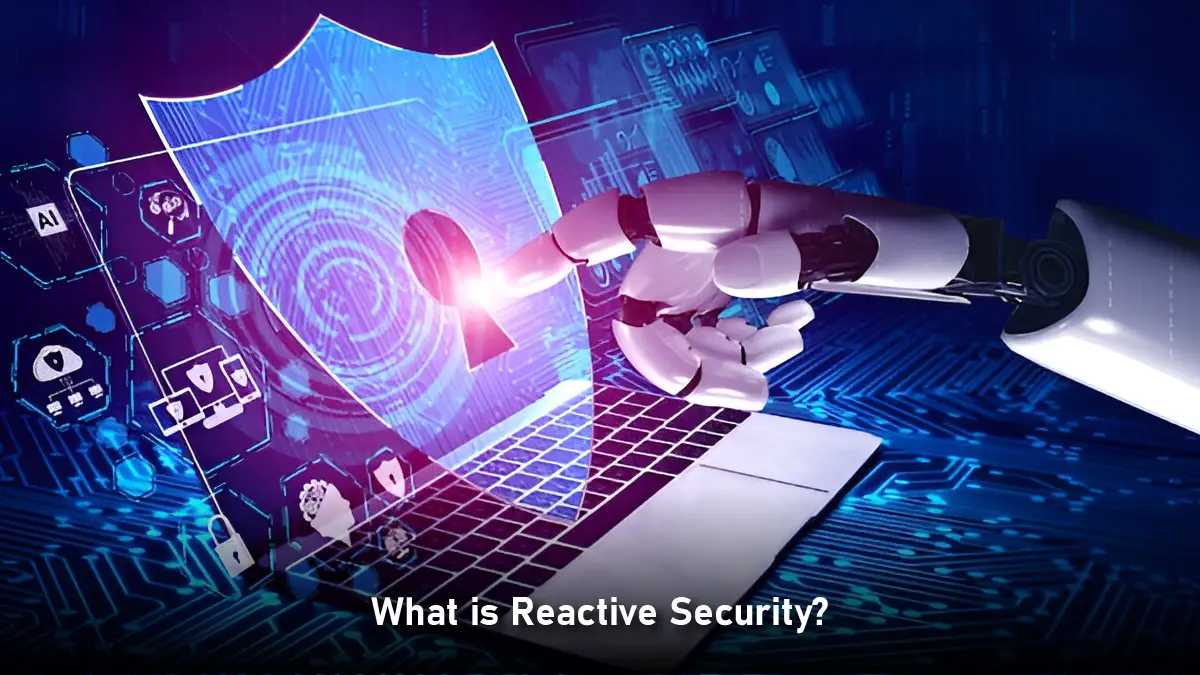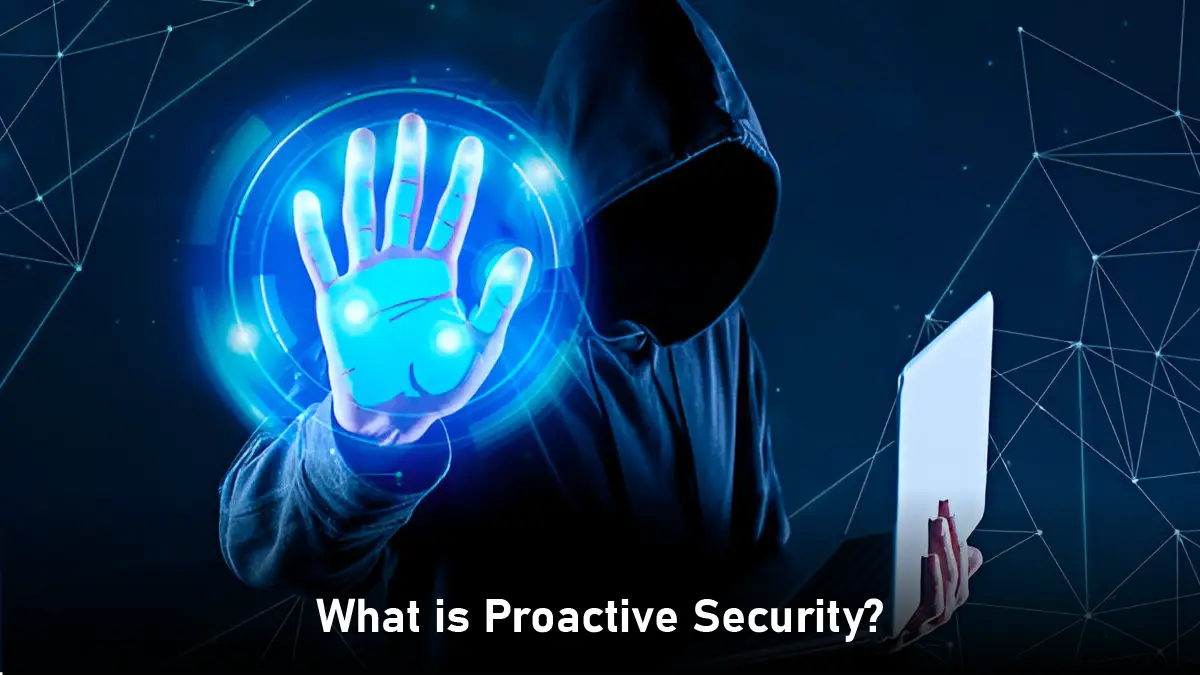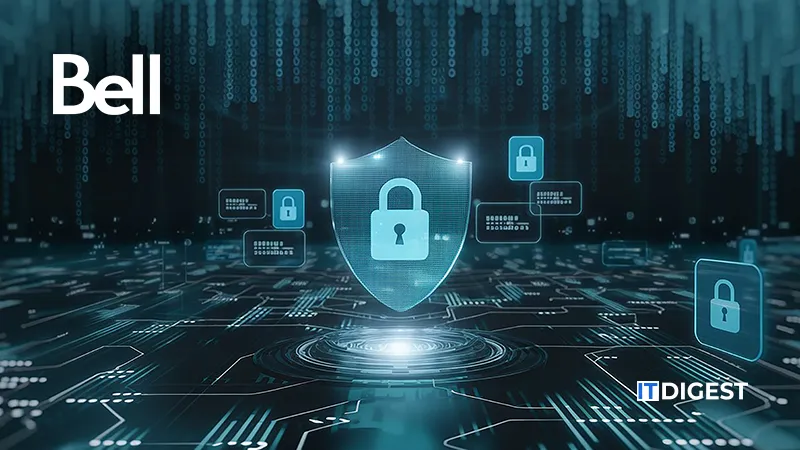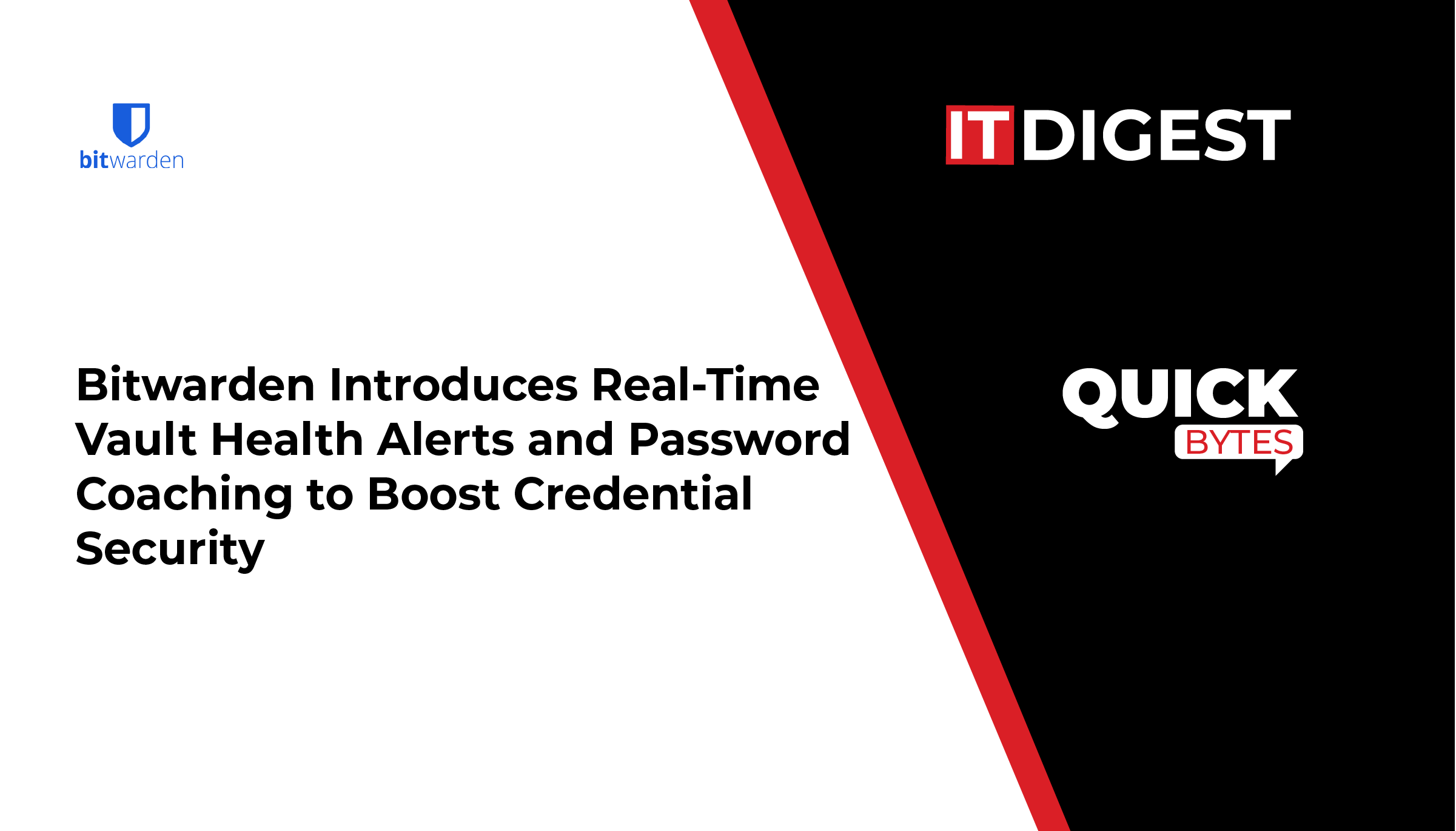Right now, there is a trend toward proactive data security, and it is about time. By 2025, AI will be all over the place. It is now more difficult than ever to monitor and regulate the use of sensitive data due to GenAI’s black-box nature, which increases the likelihood of unintentional exposure to the wrong parties. In 2023, 70–78% of businesses boosted their cybersecurity budgets.
Proactive security may initially appear to be superior to reactive security. That is based solely on the words. Actually, though, both are necessary for a successful cybersecurity plan.
The goal of proactive security is to identify threats early and take action before they harm. Reactive security, on the other hand, takes effect after an incident occurs. It assists you in responding to prior threats or breaches.
The issue of proactive vs. reactive cybersecurity is, nevertheless, a matter of ongoing discussion. Concisely, when combined, these two strategies help safeguard your data and IT infrastructure.
Let’s examine the many data security strategies in this blog and how to make sure that your private information is safe, particularly in the era of artificial intelligence.
What is Reactive Security?
In general cybersecurity techniques, reactive security is still useful because it aims to identify an intrusion after the attacker has already compromised your systems. Let’s say an attacker successfully uploads malware, phishes network credentials, and then uses the malware to passively monitor the network and steal data. Reactive security would notify administrators when it detected irregularities typical of a malware attack.
Although reactive security is not an effective technique on its own, it can have a function and can be helpful when included in a security plan. Covered by reactive security are:
Keeping an eye out for irregularities:
Malicious software, abnormal database queries, permission and authentication issues, and odd traffic patterns are all picked up by monitoring solutions. Reactive cybersecurity and monitoring include intrusion detection systems.
Incident response and forensics:
Investigating the underlying cause of a data breach and developing countermeasures to prevent the same vulnerability from being exploited are key components of incident response.
Anti-virus and anti-spam:
Apps that stop malware from loading into memory should be on every device. But they often miss newer versions that just came out. The organization is responsible for cleaning up the malware after the incident if it is not detected.
Firewalls:
Because they may stop undesirable traffic, firewalls can be viewed as proactive. However, if they are designed incorrectly, they can also be reactive in the business and play a key role in forensics following a compromise.
What is Proactive Security?
In 2025, the estimated cost of cyber mishaps will surpass US$ 10.5 trillion USD. For this reason, businesses are now trying to strengthen their cybersecurity. Instead of waiting for a cyber-incident, proactive security takes action early. It stops threats before they happen. It fixes weak spots before hackers find them. It blocks malware before it reaches the server. Proactive security typically calls for extra software and appliances designed especially to identify assaults before they become serious incidents. Another part of proactive security is giving insights into vulnerabilities. This helps admins take quick action to fix them.
A few ways organizations can stay proactive with cybersecurity include:
● Training on security awareness:
All staff members, especially C-level executives, should receive training on the warning indications of phishing, social engineering, and other cybersecurity incidents so they can promptly spot and report problems rather than fall victim.
● Penetration Testing:
Vulnerabilities that other monitoring and detection systems won’t find will be revealed by a penetration test. The company has the option of using a blackbox or whitebox strategy. Code and configuration reviews are part of a whitebox strategy. The network is scanned using a blackbox technique, just like an attacker would.
● Proactive intrusion prevention:
Machine learning and new technologies give businesses ways to thwart attacks before they compromise.
● Threat intelligence and hunting
Researching darknet markets and examining occurrences to determine what firms should do to prevent becoming the next target helps security experts remain ahead of the current threat landscape.
Also Read: What Is a Preventative Security Model? A Guide for B2B Tech Leaders
Proactive vs. Reactive Cybersecurity: What’s the difference?
When something goes wrong, reactive security steps in. Consider tasks that are crucial. These may include addressing the incident, performing forensic investigations, and cleaning up after a breach. They only take place after the harm has already been done.
Conversely, proactive security focuses on preventing issues even before they arise. It employs techniques and tools such as preventing data loss (DLP), conducting penetration testing, continuously assessing your security posture, and establishing automatic data access policies. When done correctly, it assists your team in transitioning from continuous firefighting to enforcement in real time.
You would expect that companies would give proactive data security top priority. Why, therefore, isn’t this true?
Simply said, it’s challenging, at least when using the legacy technologies that practically every business has on hand. The majority of these tools, which date back more than 20 years, have significant setup and maintenance costs and don’t scale well in cloud or multicloud setups.
The Case for Both: A More Balanced Approach?
Some people think the debate about proactive vs reactive security misses the bigger picture. More experts now believe that the smartest move is to use both.
Start with a proactive strategy to stop attacks before they happen. Then, back it up with a reactive plan to handle anything that slips through.
Here’s why this combo works:
Lower Risk: Being proactive helps reduce the chances of a cyber-attack. That means less stress for everyone.
Less Damage: If something does get through, a reactive approach can fix it quickly and limit the impact.
Learn and Get Better: Following an attack, you can examine what went wrong and utilize that information to strengthen your defenses.
Stay Compliant: A lot of industries require both preventive and reactive measures to meet regulations.
By mixing both approaches into one plan, you build a stronger defense. Your business is safer from all sides.
How to Get Started
Starting a brand-new cyber security plan can feel overwhelming. But don’t worry, here are a few simple steps to guide you:
Check Where You Stand: Do a full security check-up to spot weak spots or gaps.
Focus on What Matters Most: Figure out your top threats and how they could hurt your business. Then build your defenses around that.
Put Controls in Place: Add things like firewalls, antivirus tools, staff training, and access restrictions.
Plan for the Worst: Make a clear plan for what to do if something goes wrong. Include what happens after the attack too.
Keep it Updated: Cyber threats are always changing. Review your plan often and tweak it as needed.
Wrapping Up on Proactive vs. Reactive Cybersecurity Approaches
When it comes to cybersecurity, think of it like your favorite sports team. Proactive measures are like the offense; they go after threats before they reach your network. Reactive tactics are the defense, they jump in when something sneaks through and try to limit the damage.
One of the best strategies to keep ahead of contemporary attacks is to use proactive cybersecurity. It makes your company more prepared for any situation that may arise. Both preventive and reactive measures should be a part of a robust cybersecurity strategy. In this manner, your company remains safe in a rapidly evolving digital environment.

































